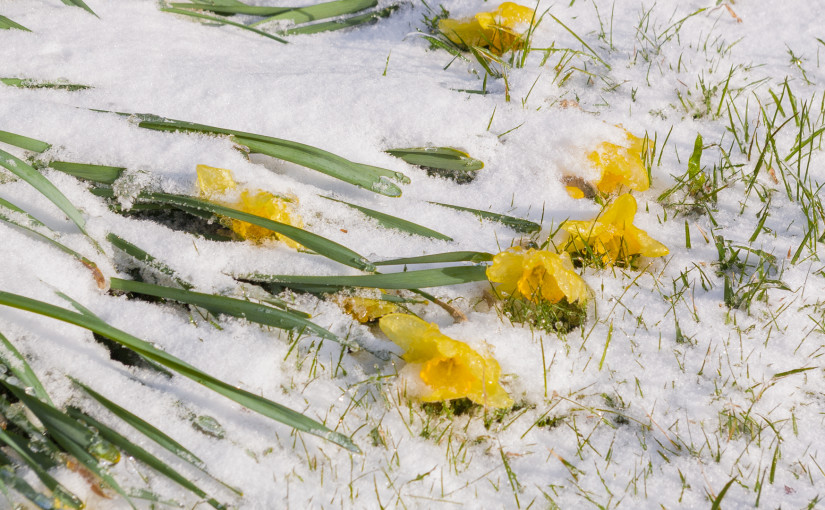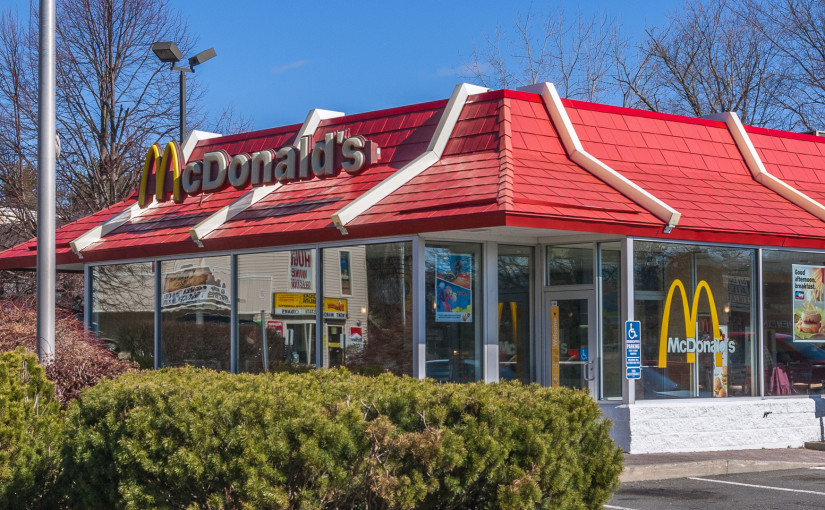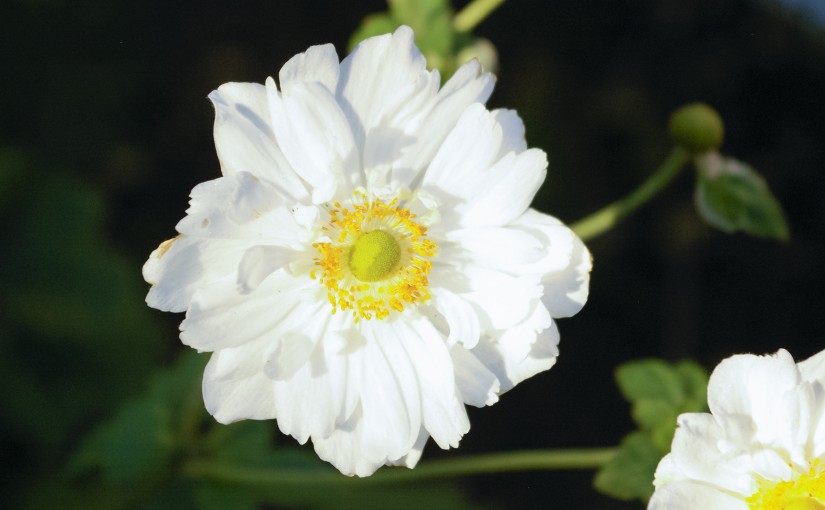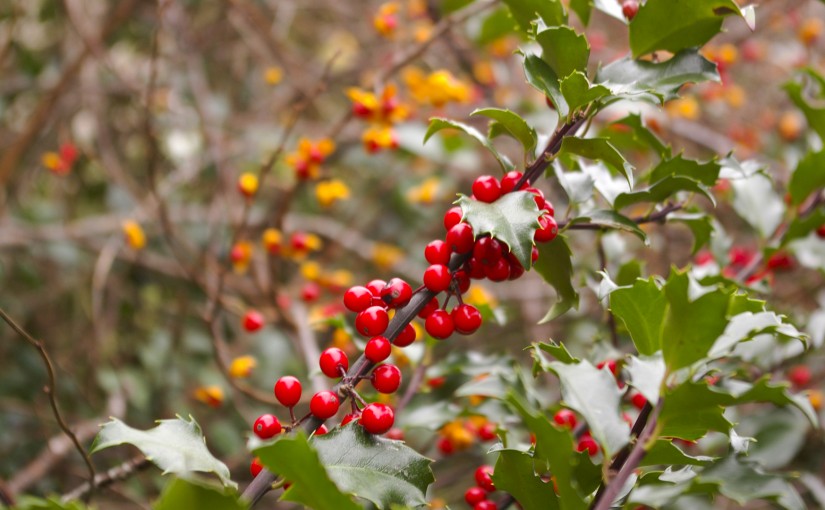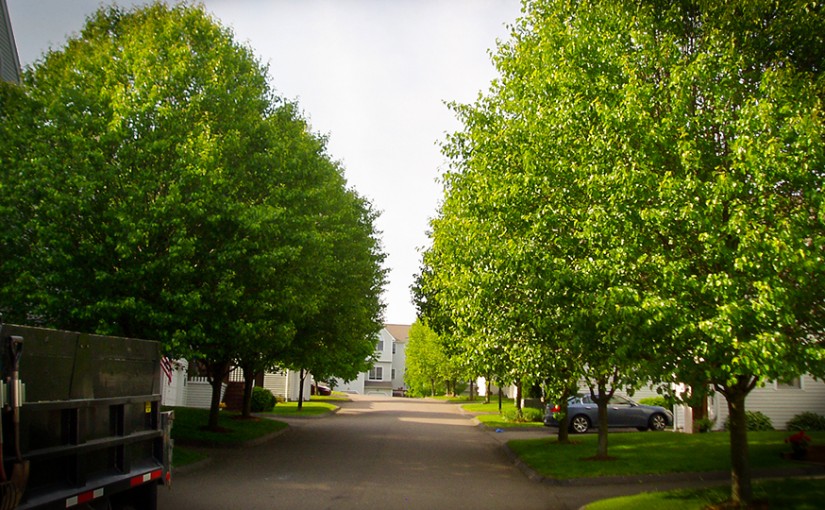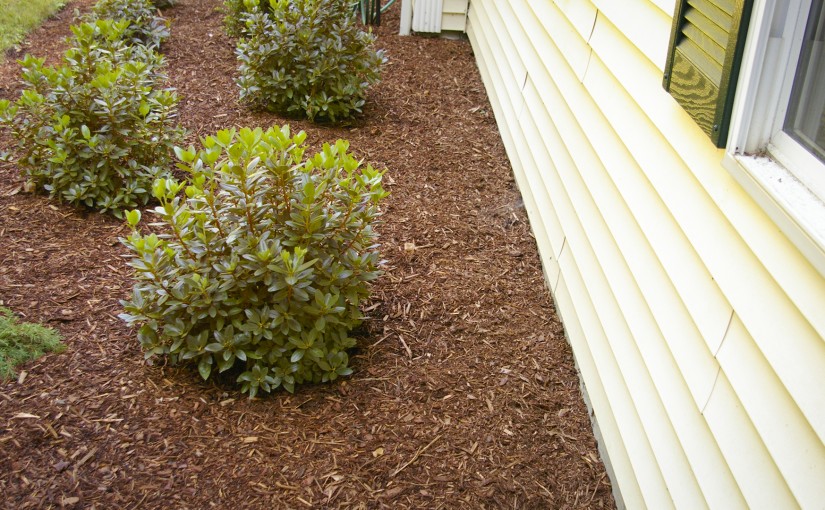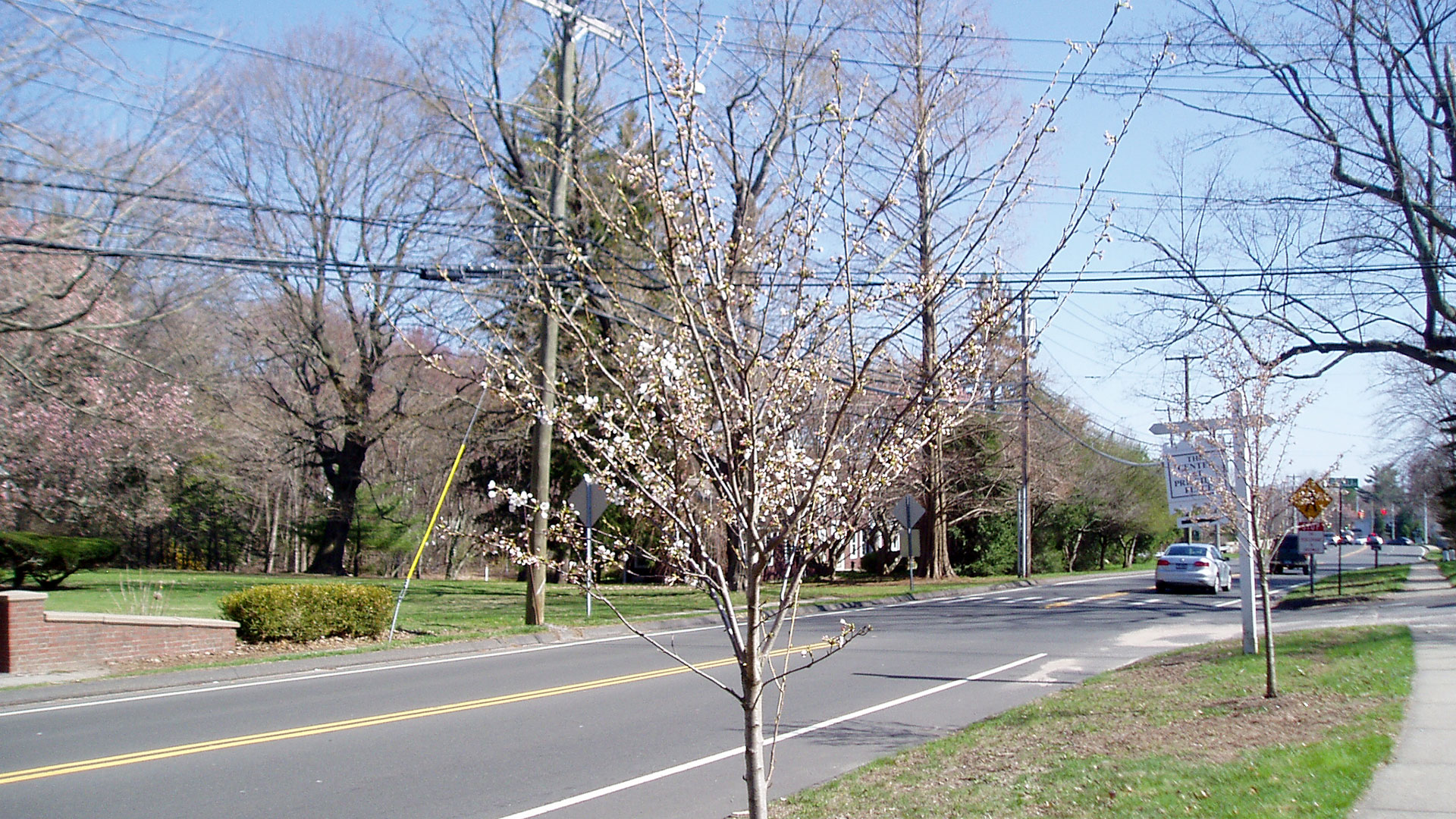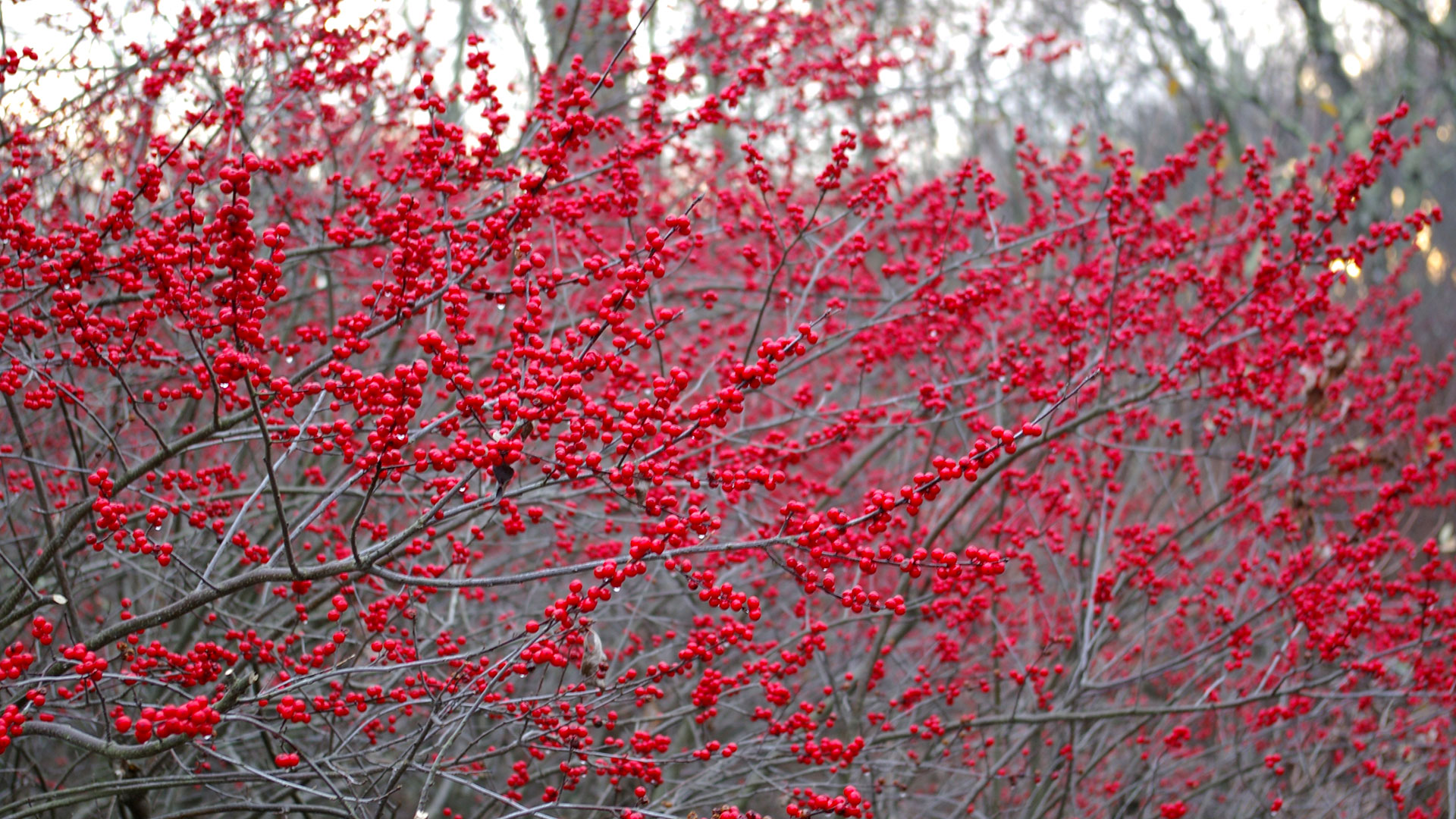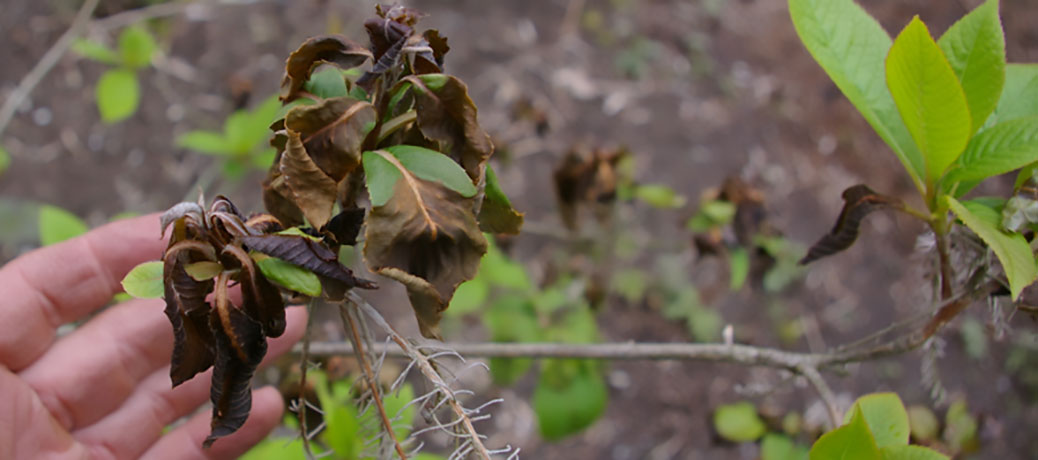Temperatures below freezing often cause frost and freeze damage on trees and shrubs from mid to late spring. Often the damage is minor and effected trees and shrubs will grow out of it.
Look for signs of frost and freeze damage such as leaves on the tips of branches that are browning out. The foliage will turn black or brown and may become gooey or limp. If you are lucky the damage will only be on the tips of trees and shrubs where new growth is emerging.

Sometimes frost and freeze damage will affect growth farther back from the tips of trees and shrubs. This is rarer but does happen.
If frost and freeze damage is minor the best solution is to wait and see if the plant grows out of the damage. In about a month dead foliage will be gone and you should see new growth. Prune out all remaining dead foliage after two months.

If the damage is more extensive, effecting growth deeper into the tree or shrub, the best course of action is to wait a couple of months and see if new growth emerges. Often a branch that looks dead will have swollen buds and fresh growth emerging. Have patience before you make drastic pruning decisions.
Some trees and shrubs are more vulnerable to frost and freeze damage than others. The most notable example is the Laceleaf Japanese Maple – Acer palmatum ‘Dissectum’. You may also see damage similar to the Katusura, Clethra and Pieris pictured.

It is important to know what frost and freeze damage looks like so you don’t mistake it for a pest or disease.
By John Holden






